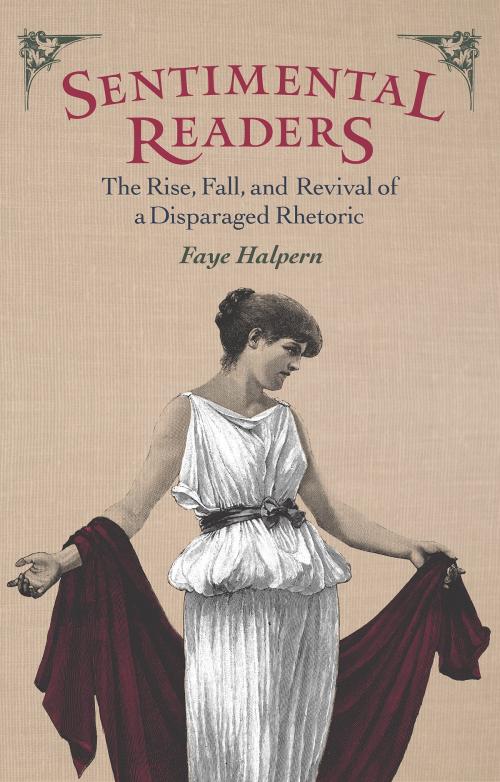Sentimental Readers
The Rise, Fall, and Revival of a Disparaged Rhetoric
Fiction & Literature, Literary Theory & Criticism, American| Author: | Faye Halpern | ISBN: | 9781609382100 |
| Publisher: | University of Iowa Press | Publication: | December 1, 2013 |
| Imprint: | University Of Iowa Press | Language: | English |
| Author: | Faye Halpern |
| ISBN: | 9781609382100 |
| Publisher: | University of Iowa Press |
| Publication: | December 1, 2013 |
| Imprint: | University Of Iowa Press |
| Language: | English |
How could novels like Uncle Tom’s Cabin change the hearts and minds of thousands of mid-nineteenth-century readers, yet make so many modern readers cringe at their over-the-top, tear-filled scenes? Sentimental Readers explains why sentimental rhetoric was so compelling to readers of that earlier era, why its popularity waned in the latter part of the nineteenth century, and why today it is generally characterized as overly emotional and artificial. But author Faye Halpern also does more: she demonstrates that this now despised rhetoric remains relevant to contemporary writing teachers and literary scholars.
Halpern examines these novels with a fresh eye by positioning sentimentality as a rhetorical strategy on the part of these novels’ (mostly) female authors, who used it to answer a question that plagued the male-dominated world of nineteenth-century American rhetoric and oratory: how could listeners be sure an eloquent speaker wasn’t unscrupulously persuading them of an untruth? The authors of sentimental novels managed to solve this problem even as the professional male rhetoricians and orators could not, because sentimental rhetoric, filled with tears and other physical cues of earnestness, ensured that an audience could trust the heroes and heroines of these novels. However, as a wider range of authors began wielding sentimental rhetoric later in the nineteenth century, readers found themselves less and less convinced by this strategy.
In her final discussion, Halpern steps beyond a purely historical analysis to interrogate contemporary rhetoric and reading practices among literature professors and their students, particularly first-year students new to the “close reading” method advocated and taught in most college English classrooms. Doing so allows her to investigate how sentimental novels are understood today by both groups and how these contemporary reading strategies compare to those of Americans more than a century ago. Clearly, sentimental novels still have something to teach us about how and why we read.
How could novels like Uncle Tom’s Cabin change the hearts and minds of thousands of mid-nineteenth-century readers, yet make so many modern readers cringe at their over-the-top, tear-filled scenes? Sentimental Readers explains why sentimental rhetoric was so compelling to readers of that earlier era, why its popularity waned in the latter part of the nineteenth century, and why today it is generally characterized as overly emotional and artificial. But author Faye Halpern also does more: she demonstrates that this now despised rhetoric remains relevant to contemporary writing teachers and literary scholars.
Halpern examines these novels with a fresh eye by positioning sentimentality as a rhetorical strategy on the part of these novels’ (mostly) female authors, who used it to answer a question that plagued the male-dominated world of nineteenth-century American rhetoric and oratory: how could listeners be sure an eloquent speaker wasn’t unscrupulously persuading them of an untruth? The authors of sentimental novels managed to solve this problem even as the professional male rhetoricians and orators could not, because sentimental rhetoric, filled with tears and other physical cues of earnestness, ensured that an audience could trust the heroes and heroines of these novels. However, as a wider range of authors began wielding sentimental rhetoric later in the nineteenth century, readers found themselves less and less convinced by this strategy.
In her final discussion, Halpern steps beyond a purely historical analysis to interrogate contemporary rhetoric and reading practices among literature professors and their students, particularly first-year students new to the “close reading” method advocated and taught in most college English classrooms. Doing so allows her to investigate how sentimental novels are understood today by both groups and how these contemporary reading strategies compare to those of Americans more than a century ago. Clearly, sentimental novels still have something to teach us about how and why we read.















